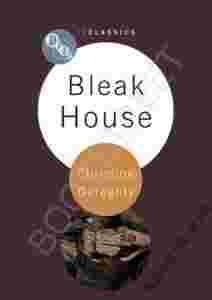|
Bleak House is one of Charles Dickens's darker works:
a vision of London as the polluted, diseased heart of an
industrialising nation. This great novel of inheritance,
corruption and mystery, published in the serial form now
associated with television drama, was also one of the
first successful detective stories. In 2005, the BBC
announced a major new adaptation, scripted by Andrew
Davies, produced by double-BAFTA winner Nigel
Stafford-Clark, and starring Gillian Anderson as Lady
Dedlock. Broadcast over eight hours in fifteen episodes,
this Bleak House, in an appeal to youthful audiences,
controversially combined the suspense of soap opera with
visual innovation, careful attention to period detail,
and outstanding performances. Christine Geraghty's
revealing study traces the double narrative in which the
youthful protagonists grow into adulthood while the
doomed Lady Dedlock is hunted to death in a tele-noir
adaptation of the British novel's first detective story.
She examines how the different styles of acting relate
to Dickens's own vivid characterisation, taking issue
with Davies's attitude to Dickens's most complex
heroine, Esther Summerson.She explores the series'
settings, including a London styled as a soap-opera set,
and the great country houses where secrets are kept
under wrap. And, using illustrations from the novel, she
looks at how the traditional Dickensian 'pictures' were
innovatively combined with HD visuals to powerful
effect. This fascinating study strongly makes the case
for the contemporary BBC adaptation of Bleak House as a
true television classic. |
|

